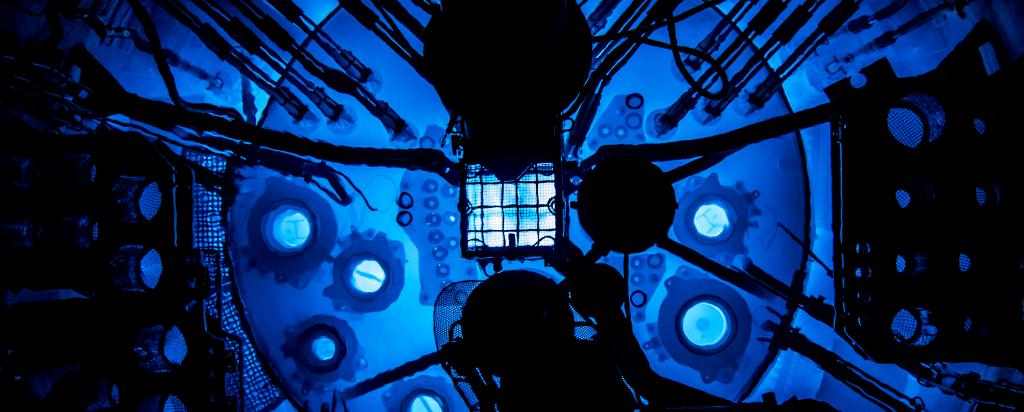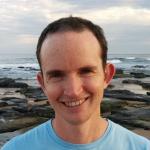
Role at ANSTO
Alan works with a team of ANSTO scientists using radioactive (radon-222) and stable isotope (δ2H, δ18O) tracers to study atmospheric processes. The aim of this work is to better understand air pollution in our cities; the composition and large-scale processes of the global atmosphere; and how our climate has changed in the past. Some of this work is incorporated into reports from the IPCC or the State of the Environment.
Underpinning much of the research are ANSTO designed-and-built radon detectors. Alan has worked to improve the scientific impact of these unique measurements by compiling an Australia-wide map of radon emissions and by developing a postprocessing technique to improve the detectors’ response time. He is also involved with continued efforts to further improve the radon detectors.
Alan works with and develops software, such as atmosphericmodels running on high-performance computing systems, and performs data analysis and visualisation using techniques from the field of Data Science.
Expertise
Natural radioactive tracers, stable water isotopes, atmospheric composition, boundary-layer meteorology, atmospheric turbulence, climate, modelling, model verification, lidar remote sensing, data science, Python, C++, R, Fortran, Rust.
Qualifications & Achievements
- Postdoctoral research fellow, University of New South Wales
- Ph.D. in Physics, Australian National University (2004)
